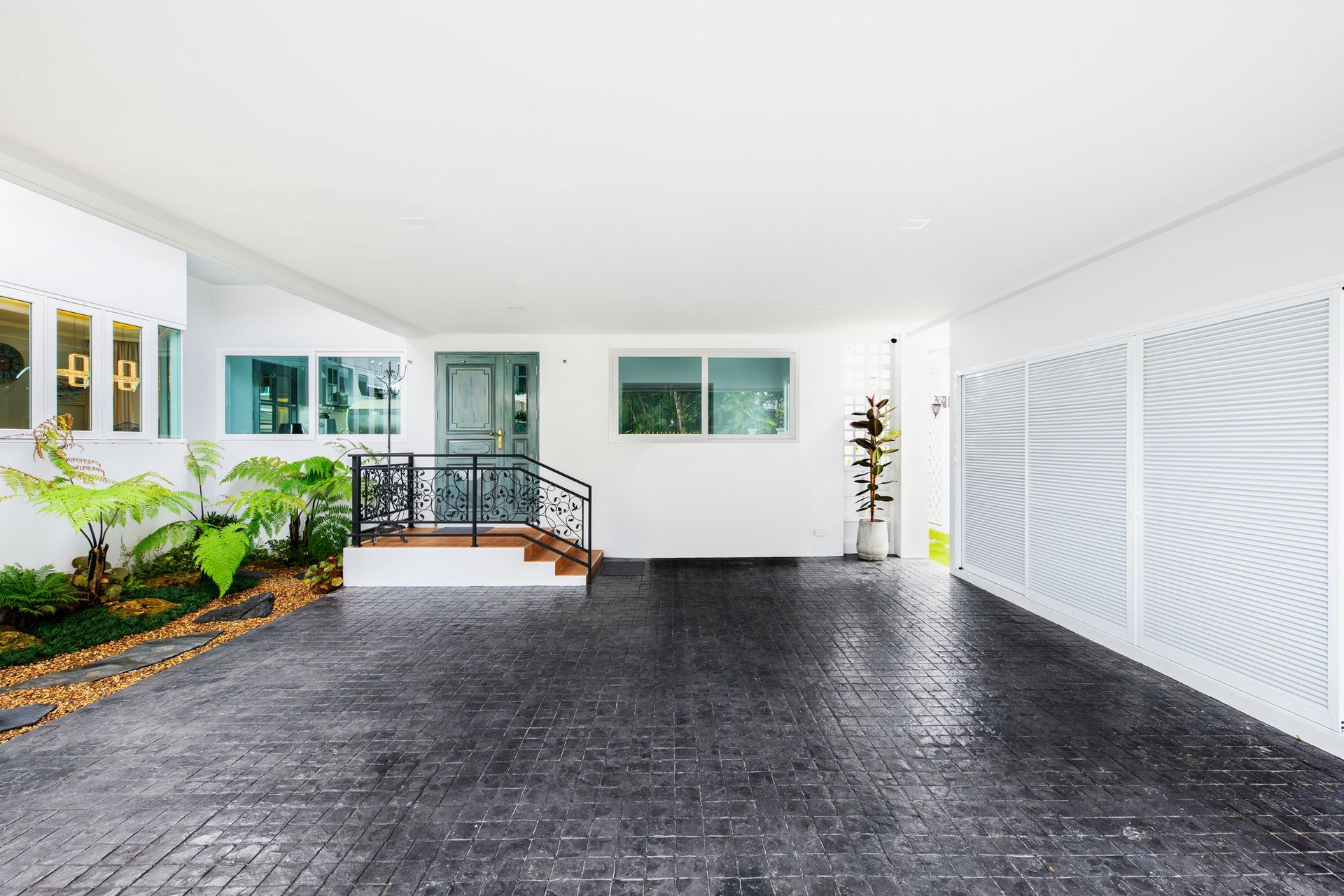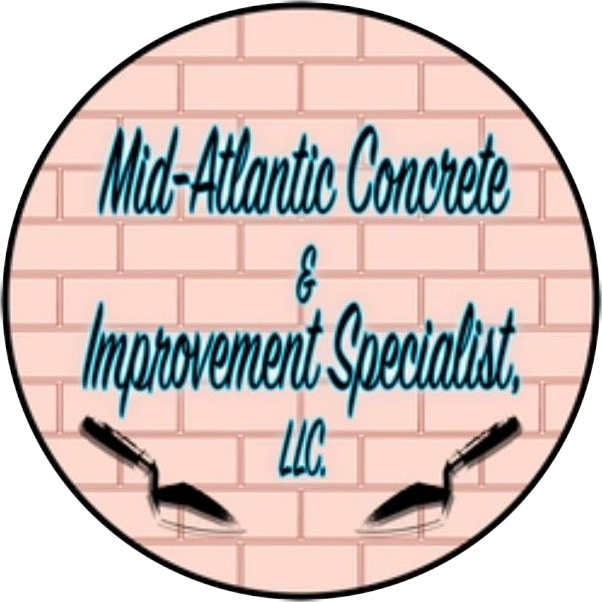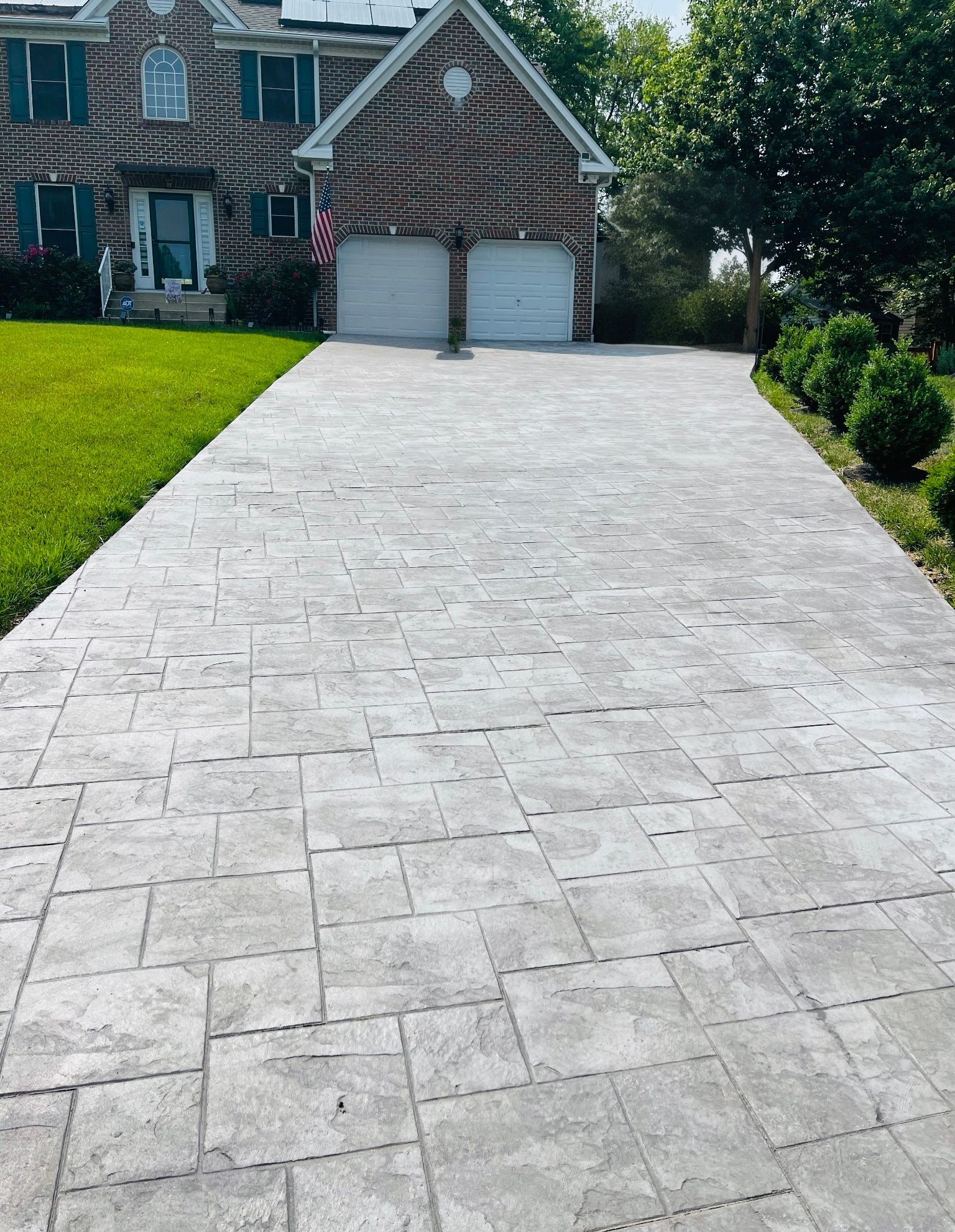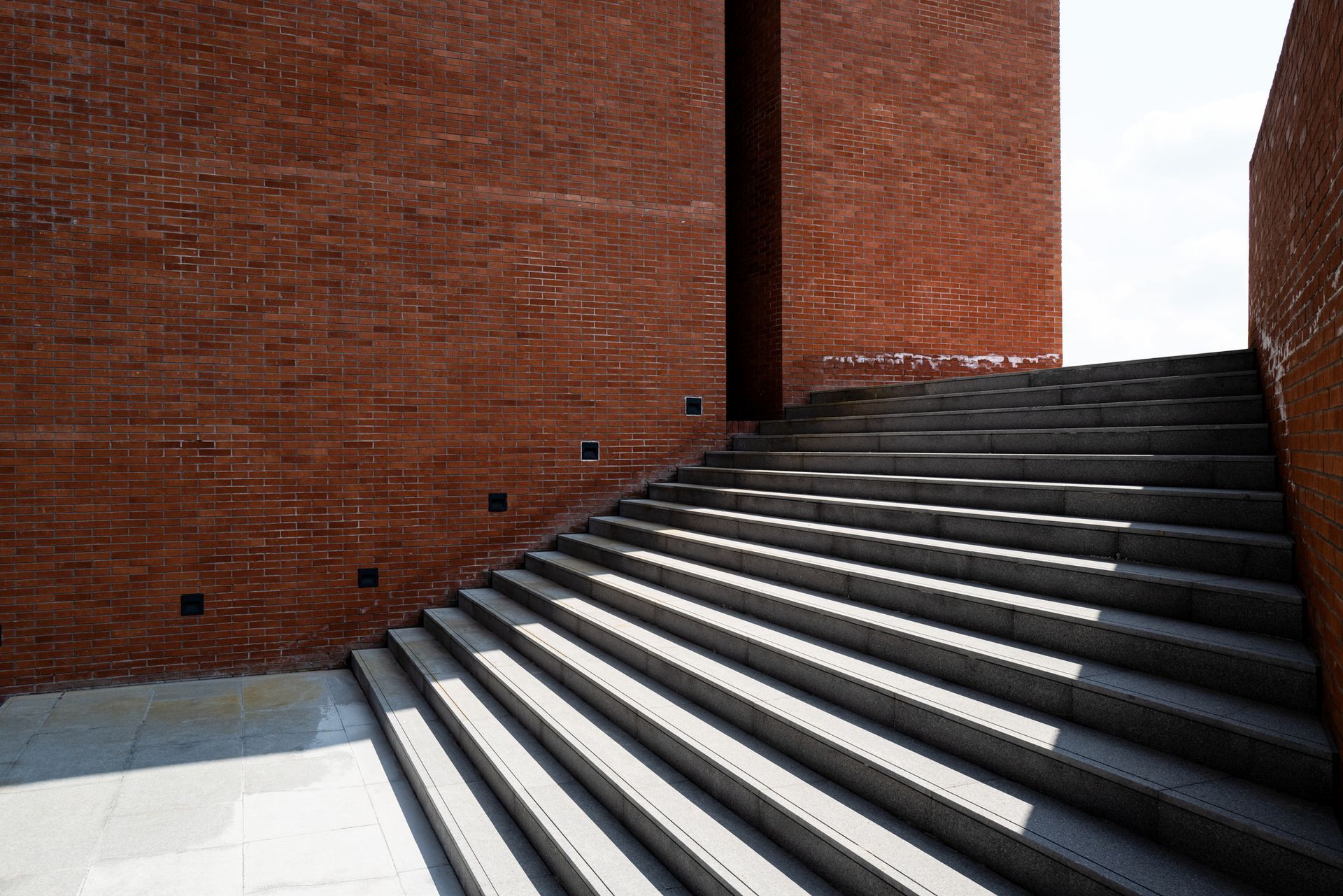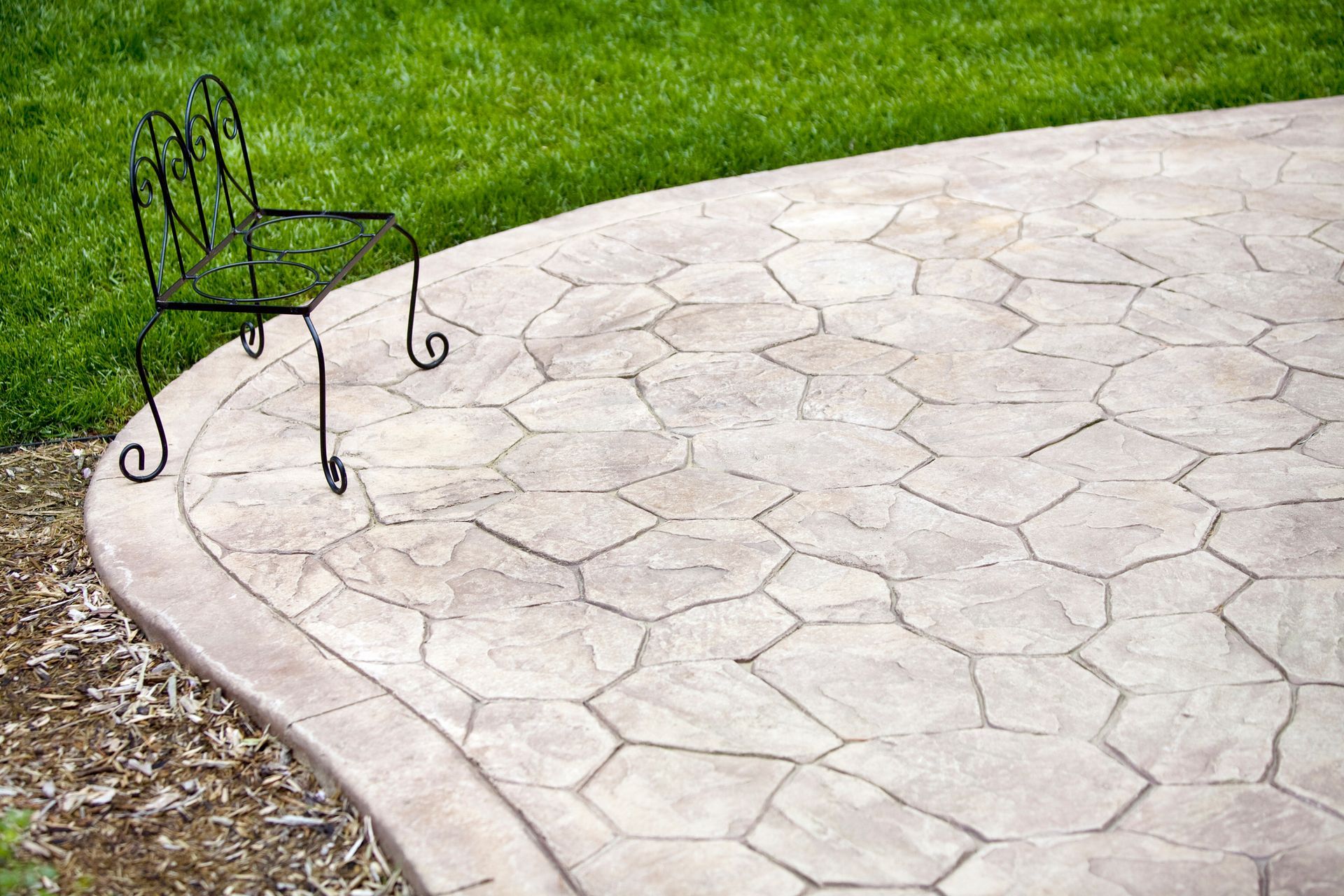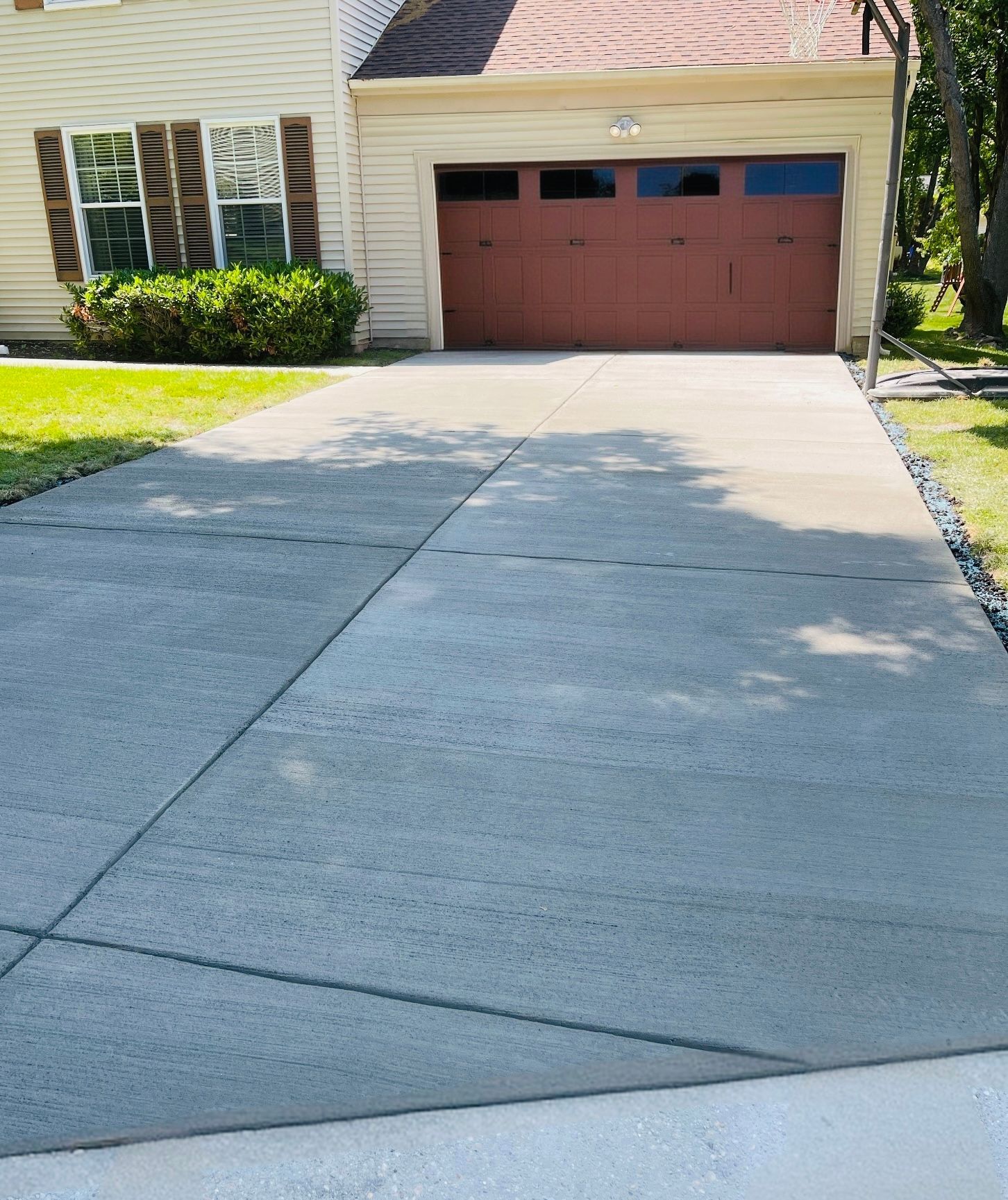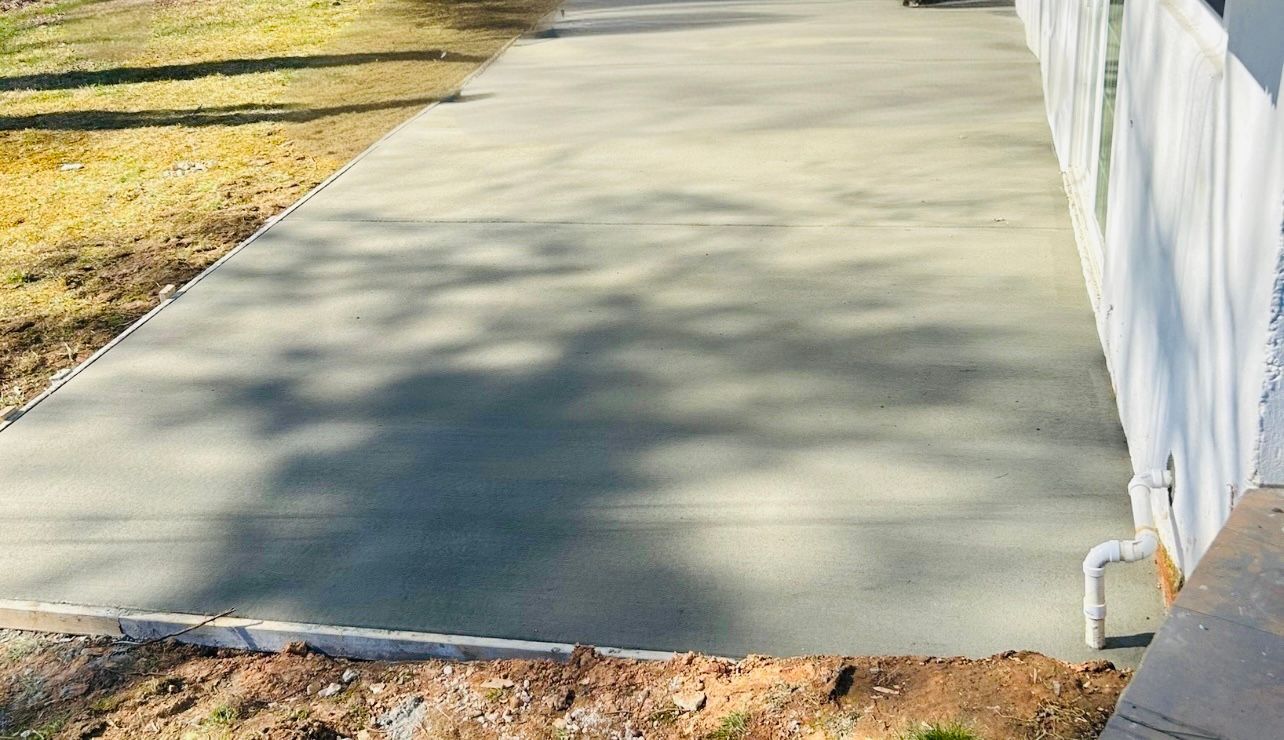Why Concrete Quality Matters
Concrete is an essential material in construction, playing a pivotal role in the structural integrity of various projects. From skyscrapers and bridges to roads and dams, concrete is the backbone of these structures, underscoring its importance in the construction industry. However, the effectiveness and durability of this material heavily rely on its quality. High-quality concrete guarantees longevity, strength, and resistance to environmental factors, making it a critical aspect of any construction project. Therefore, understanding the importance of concrete quality in construction is paramount.
The quality of concrete is determined by various factors, all of which can significantly affect the final product's integrity. These factors include the selection and proportion of raw materials, the mixing process, curing methods, and environmental conditions during the installation process. The right combination of materials in the correct proportions is crucial in achieving high-quality concrete. This requires careful selection of aggregates, cement, and water, and accurate measurement to ensure the right consistency and strength.
The mixing process also plays a significant role in
determining the quality of concrete. Proper mixing ensures that the cement, aggregate, and water are thoroughly combined, resulting in a uniform and homogenous mixture. The curing methods used can also impact the quality, as proper curing allows the concrete to reach its maximum strength and durability. Lastly, environmental conditions, such as temperature and humidity, during the installation process can affect the concrete's curing process and its final quality. Therefore, understanding and managing these factors is crucial in producing high-quality concrete.
Understanding Concrete and Its Components
Concrete, often misunderstood as a simple grey substance, is a complex blend of various components. It is a composite material composed primarily of three main ingredients: cement, aggregate, and water. Each of these components plays a pivotal role in defining the quality of the final product. The interaction and proportion of these ingredients directly impact the strength, durability, and structural integrity of the concrete and, subsequently, the structures built with it.
Cement
To begin with, cement acts as the principal binding agent in the concrete mix. It reacts with water to form a hardened mass, giving the concrete its strength. The quality of cement used can significantly influence the durability and longevity of the concrete. Poor quality cement may lead to weak bonding and cause the concrete to crumble, thus compromising the integrity of the structure.
Aggregates
The second main component, aggregate, makes up the bulk of the concrete mix. Aggregates can be either fine (sand) or coarse (gravel), and their primary purpose is to provide solidity and volume to the mix. The size, shape, and type of aggregate used can affect the workability, strength, and durability of the concrete. A well-selected and proportioned aggregate can enhance the concrete's resistance to wear and tear, making it more durable and long-lasting.
Water
Lastly, water is the element that initiates the chemical reaction within the cement, known as hydration, to form the concrete. The amount of water in the mix, also known as the water-cement ratio, is critical to the quality of the concrete. Too much water can lead to weak concrete with low strength, while too little water can result in a mix that is difficult to pour and spread, hence affecting the final finish and durability.
The components of concrete - cement, aggregate, and water - interact in a delicate balance to create a material that is strong, durable, and versatile. By understanding these components and their interaction, we can better appreciate why the quality of concrete is so vital to the construction industry.
Factors Affecting Concrete Quality
Firstly, the importance of using quality raw materials in concrete production cannot be overstated. The inherent properties of the cement, aggregate, and water, which constitute the essential components of concrete, play pivotal roles in determining the end quality. The type of cement used, its fineness, and its chemical composition significantly influence the concrete's strength and durability. Aggregate, on the other hand, affects workability and strength. The aggregate's size, shape, texture, and grading have profound effects on the concrete's hardness and compactness. The purity and quantity of water, which initiates the hydration process in cement, is another critical factor. The water-cement ratio needs to be carefully managed to ensure that the resulting concrete is of high quality.
The Role of Proper Mixing and Compaction
Moving on to the role of proper mixing and compaction in concrete quality. The mixing process is vital in achieving a uniform distribution of the components. Thorough mixing ensures that each cement particle comes into contact with water, enabling complete hydration, which, in turn, improves the strength of the concrete. Compaction is equally crucial as it helps to remove air pockets and voids in the concrete, enhancing its durability and resistance to wear and tear.
The Curing Process
The curing process also significantly impacts the concrete's strength. Curing is the process of maintaining adequate moisture and temperature in concrete during its early stages to allow continued hydration, thereby maximizing strength. Insufficient or improper curing can result in a significant reduction in strength, leading to concrete that is prone to cracking and disintegration.
The Effects of Environmental Conditions
Lastly, the effects of environmental conditions on concrete quality must also be considered. Factors such as temperature, humidity, and exposure to chemicals can affect the hydration process, leading to variations in the hardened concrete's strength and durability. High temperatures can accelerate the hydration process, which may result in weaker concrete, while low temperatures can slow down the process, affecting the concrete's setting time. The presence of aggressive chemicals can potentially lead to corrosion of the reinforcement, thereby affecting the concrete's integrity.
Consequences of Poor Quality Concrete
The Safety Risks Associated With Inferior Concrete
In the following section, we delve into the consequences of utilizing poor-quality concrete in construction projects. One of the most significant factors to address is the safety risks associated with inferior concrete. When the quality of concrete is compromised, it directly affects the structural integrity of the built infrastructure. This could lead to unexpected collapses, causing severe injuries, fatalities, and legal implications. Moreover, it may expose the occupants to potential hazards such as fire, toxic substances, and adverse weather conditions, thus creating an unsafe environment.
The Long-Term Cost Implications
The long-term cost implications due to the repair and maintenance of subpar concrete structures are another aspect to consider. Although poor-quality concrete may seem economical upfront, the cumulative cost of regular repairs, maintenance, and eventual replacement can significantly outweigh the initial savings. This is due to the inferior concrete's inability to withstand environmental stressors and regular wear and tear, leading to frequent structural damage. Thus, investing in high-quality concrete is more cost-effective in the long run.
The Impact of Poor-Quality Concrete
Finally, the impact of poor-quality concrete on project timelines can't be overlooked. Inadequate concrete quality often leads to delays in construction timelines due to recurring issues like cracking, spalling, or disintegration, requiring repeated repairs or even rebuilding certain parts. This not only slows down the overall project progress but also strains relationships with stakeholders due to missed deadlines and overextended budgets.
In conclusion, the repercussions of using poor-quality concrete in construction projects are multifaceted, encompassing safety risks, increased long-term costs, and delays in project timelines. This underscores the vital importance of maintaining strict quality control measures in concrete production, ensuring the use of top-notch raw materials, and adhering to the best practices during mixing, compaction, and curing processes.
Ensuring Quality in Concrete Production
Ensuring quality in concrete production is a multi-step process that encompasses everything from the selection of raw materials to the final product's testing. This process begins with rigorous quality control in the manufacturing process, which plays a crucial role in determining the overall performance of the end product. High-quality raw materials, precision in mixing ratios, and careful control of the curing process all contribute to producing a concrete mix that meets the desired strength and durability parameters.
Quality Control in Concrete Production
Quality control in concrete production is not just about the manufacturing process but also extends to rigorous testing. Regular testing of the concrete mix can help identify any potential issues early on, such as inconsistencies in the mix, inadequate strength, or poor durability. These tests can be performed at various stages of the production process, including before, during, and after the concrete has been poured and cured. By identifying issues early, corrective measures can be taken to prevent the production of substandard concrete, thus ensuring the final product's quality and reliability.
The Choice of Suppliers and Contractors
Lastly, the choice of suppliers and contractors can significantly impact the overall quality of the concrete. Certified suppliers and contractors adhere to industry standards, use high-quality materials, and employ skilled professionals who understand the intricacies of concrete production. They also have a proven track record of delivering high-quality products, which adds an extra layer of assurance for the customer. By working with certified suppliers and contractors, one can ensure the consistent production of high-quality concrete that meets or exceeds the required specifications.
In conclusion, the quality of concrete plays a pivotal role in construction projects. It determines the structure's safety, longevity, and cost-effectiveness, making it an essential aspect to consider in any construction endeavor. By focusing on quality control in the manufacturing process, regular testing, and choosing certified suppliers and contractors, one can ensure the production of high-quality concrete that meets the highest standards of strength and durability.
Conclusion
In summary, the importance of concrete quality cannot be overstated. It is the cornerstone of any construction project, ensuring not only the stability and longevity of the structure but also the safety of those who will use it. High-quality concrete is the result of a meticulously controlled production process, regular testing, and diligent choice of certified suppliers and contractors. These measures allow for the early detection and resolution of potential issues, enabling the consistent production of concrete that meets or exceeds the required specifications.
Neglecting the quality of concrete carries severe consequences. Substandard concrete can lead to structural failures that endanger lives and result in costly repairs or even complete building replacement. It can cost construction firms their reputation and impact their bottom line significantly. Furthermore, the environmental impact of faulty concrete structures can be severe, contributing to waste and the overuse of resources.
In conclusion, the quality of concrete is a critical factor in the success of any construction project. It is an aspect that cannot be compromised without risking serious repercussions. By ensuring quality control in every step of the concrete production process, we can build structures that stand the test of time, protect the safety of individuals, and contribute positively to our environment. For quality concrete work, consider hiring Mid Atlantic Concrete And Improvement Specialist LLC. They are a licensed and experienced contractor, providing reliable services in the Mid-Atlantic region.
Name, Address, and Phone
Mid Atlantic Concrete And Improvement Specialist LLC.
7643 Paradise Beach Rd, Pasadena, MD, 21122, US
443-639-0840
